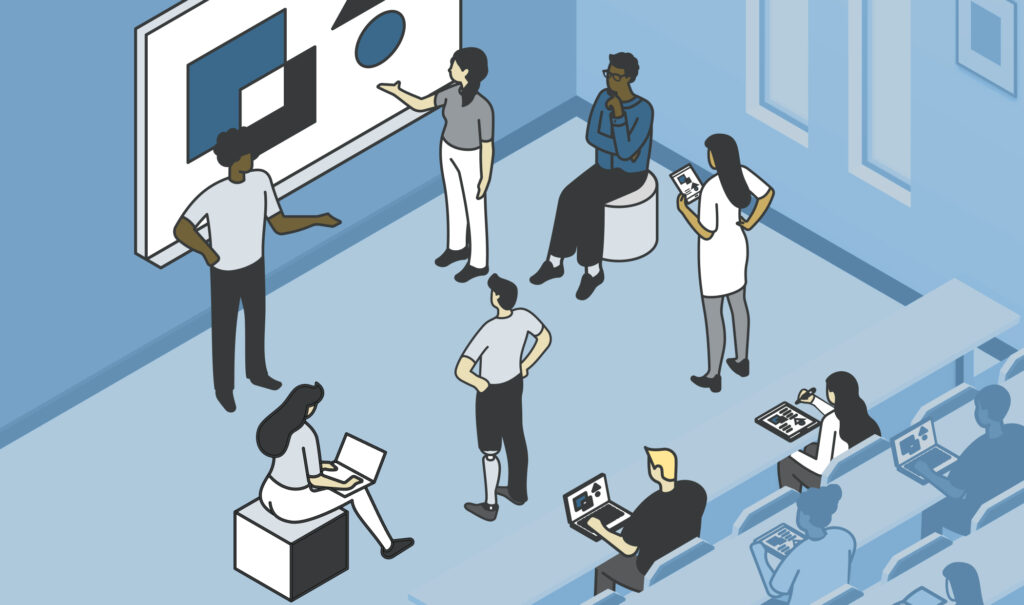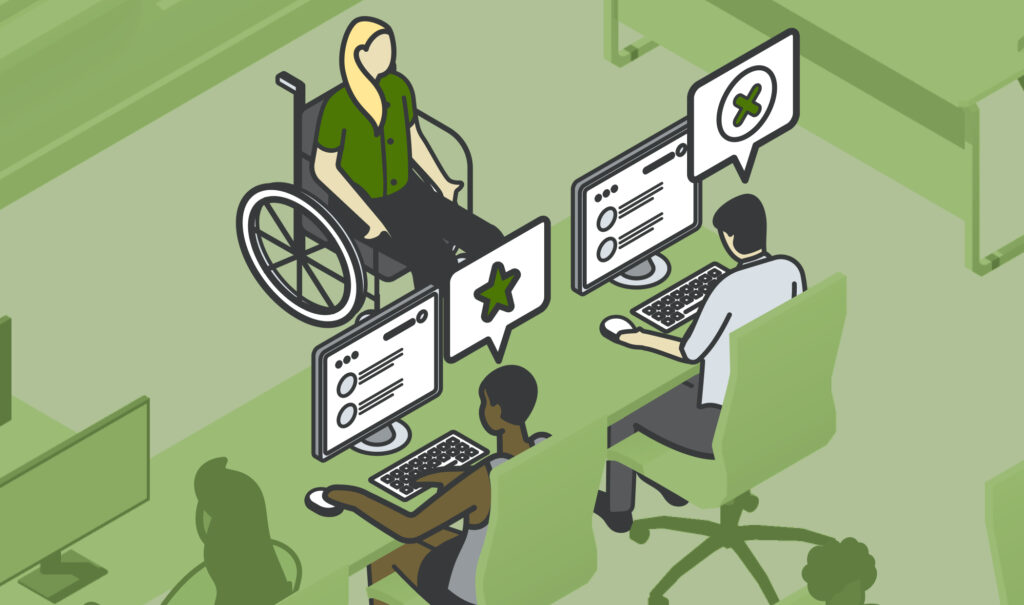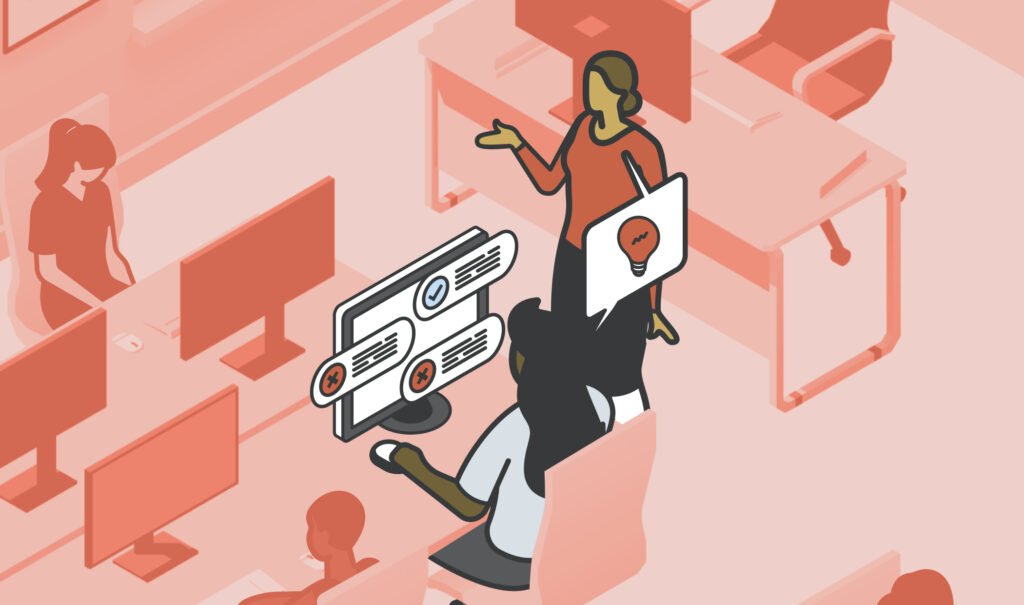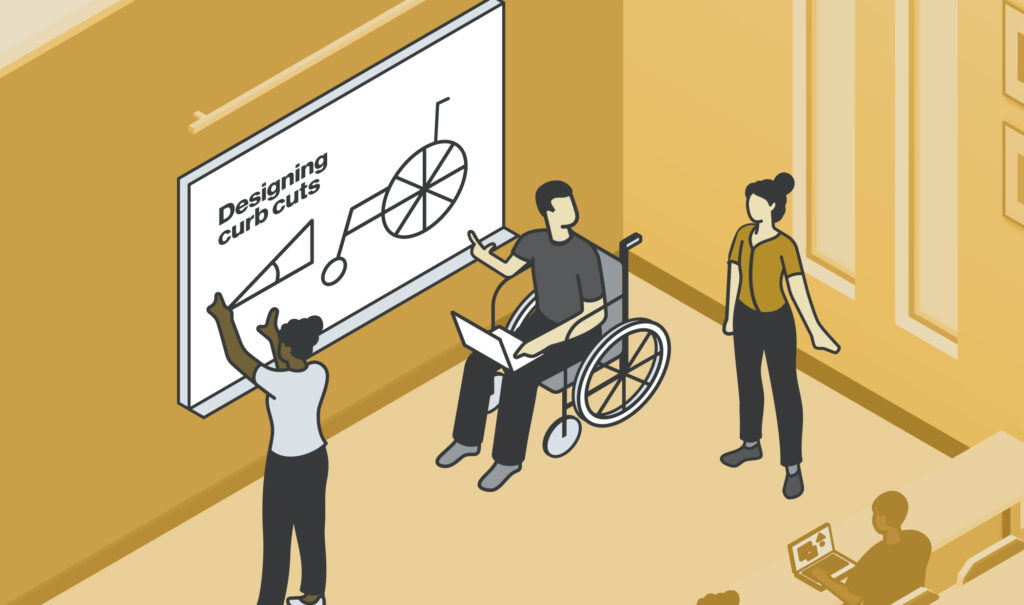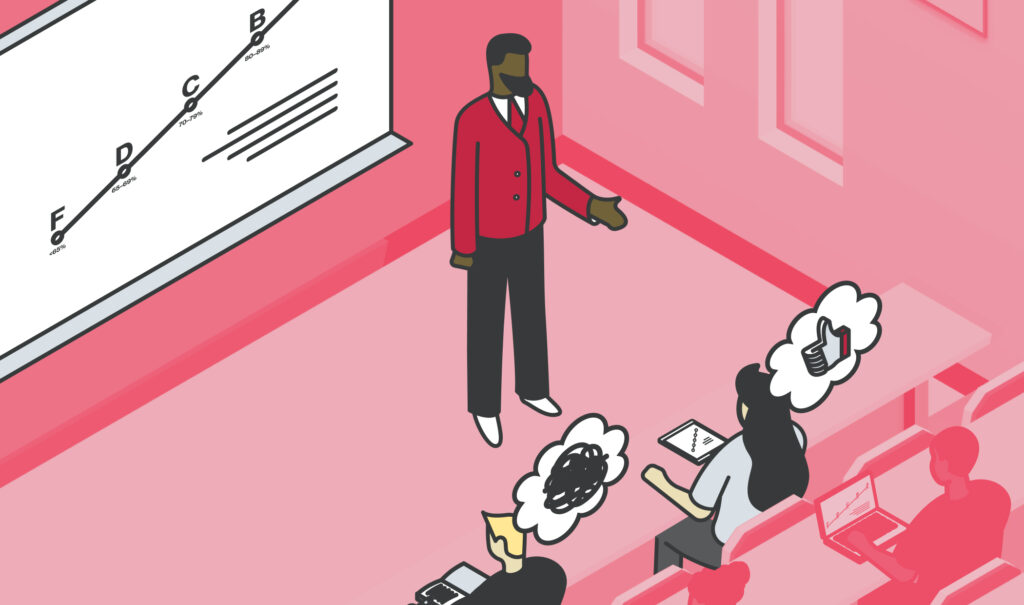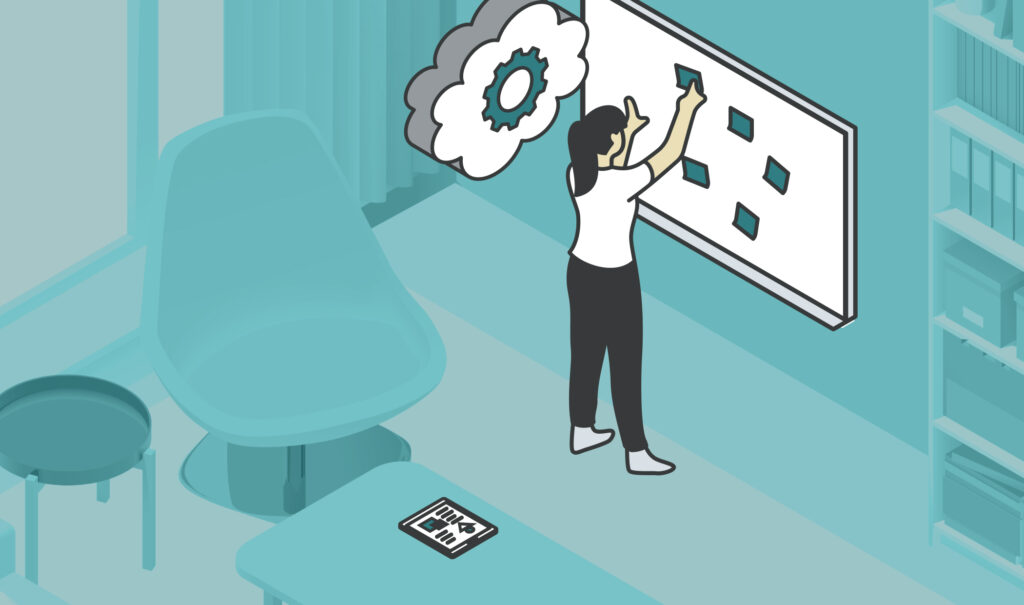Create opportunities for students to support each other’s learning
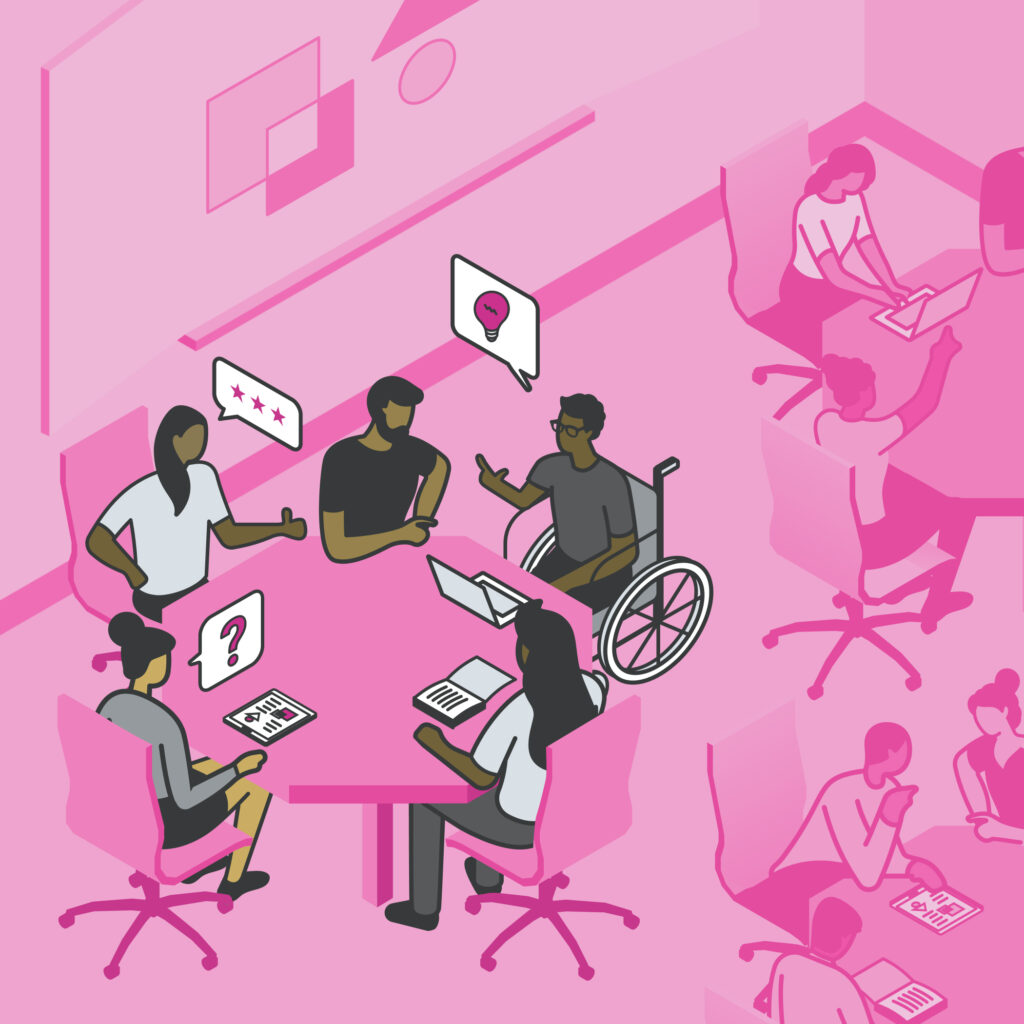
Peer collaboration is a practice that prioritizes opportunities for students to work together in small groups towards a common and specific goal. Through these collaborative opportunities, students are able to articulate concepts in their own words to each other, solve-complex higher-order problems (vs. memorization of facts), practice delegating tasks to progress towards the common goal, monitor progress together, and form deeper relationships with their classmates.
This practice shifts the class dynamic so that instructors move into a facilitator role and students become active participants in their learning. Peer collaboration helps to correct misunderstandings, widen students’ social networks, and increase academic-self confidence.
How Peer Collaboration can be Digitally-Enabled
Digital tools can enhance peer collaboration by providing students with diverse and accessible platforms for working together. Tools such as virtual breakout rooms, collaboration tools, and project management software facilitate collaboration outside of the physical learning environment, allowing students to solve complex problems and monitor their progress together. Discussion boards and messaging applications support consistent communication and community-building within the course. These tools can be used by instructors to create pathways that increase students’ access and ability to engage in peer collaboration.
Key Dimensions of Peer Collaboration
Explaining in their own words
When students explain concepts to each other, they go beyond mere memorization by internalizing and articulating ideas in their own words. This adaptation of material to personal perspectives enhances their comprehension and ability to apply learning in various contexts, fostering higher-order thinking and knowledge transfer.
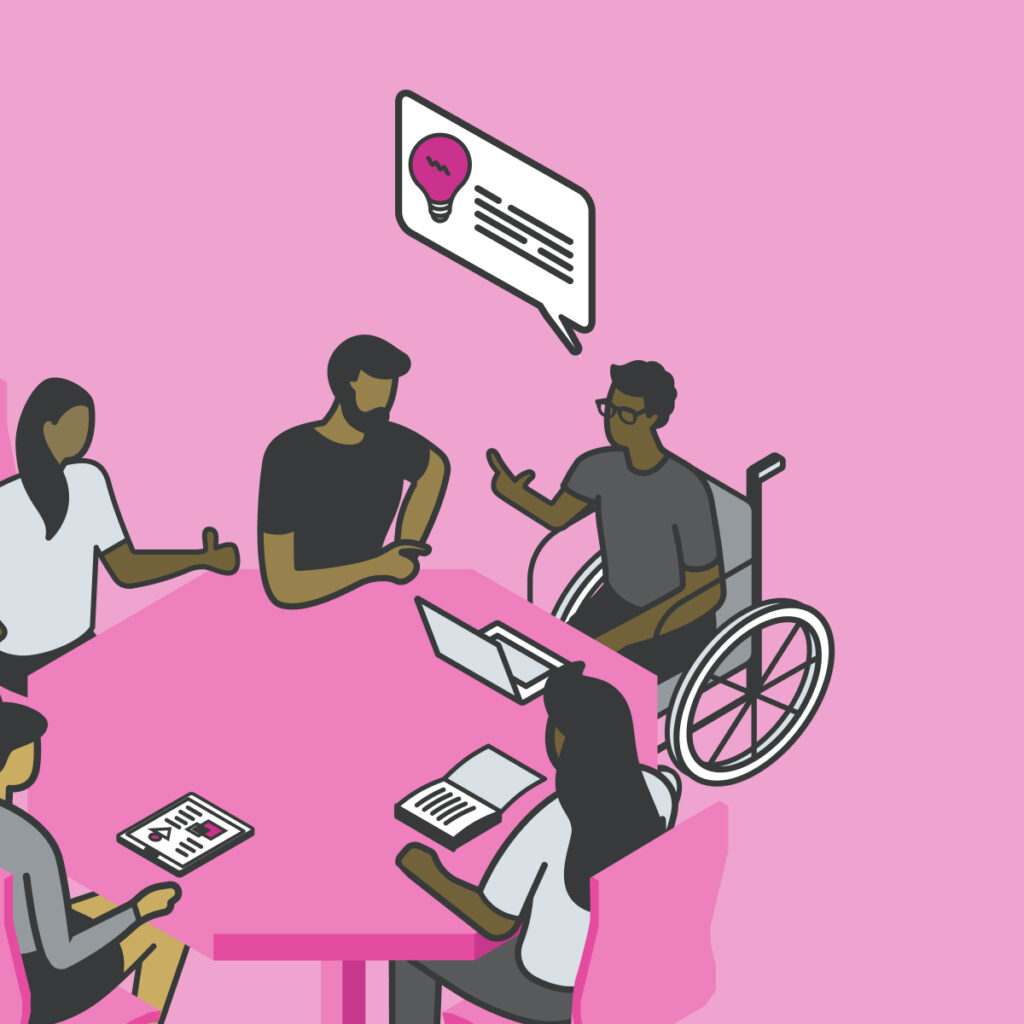
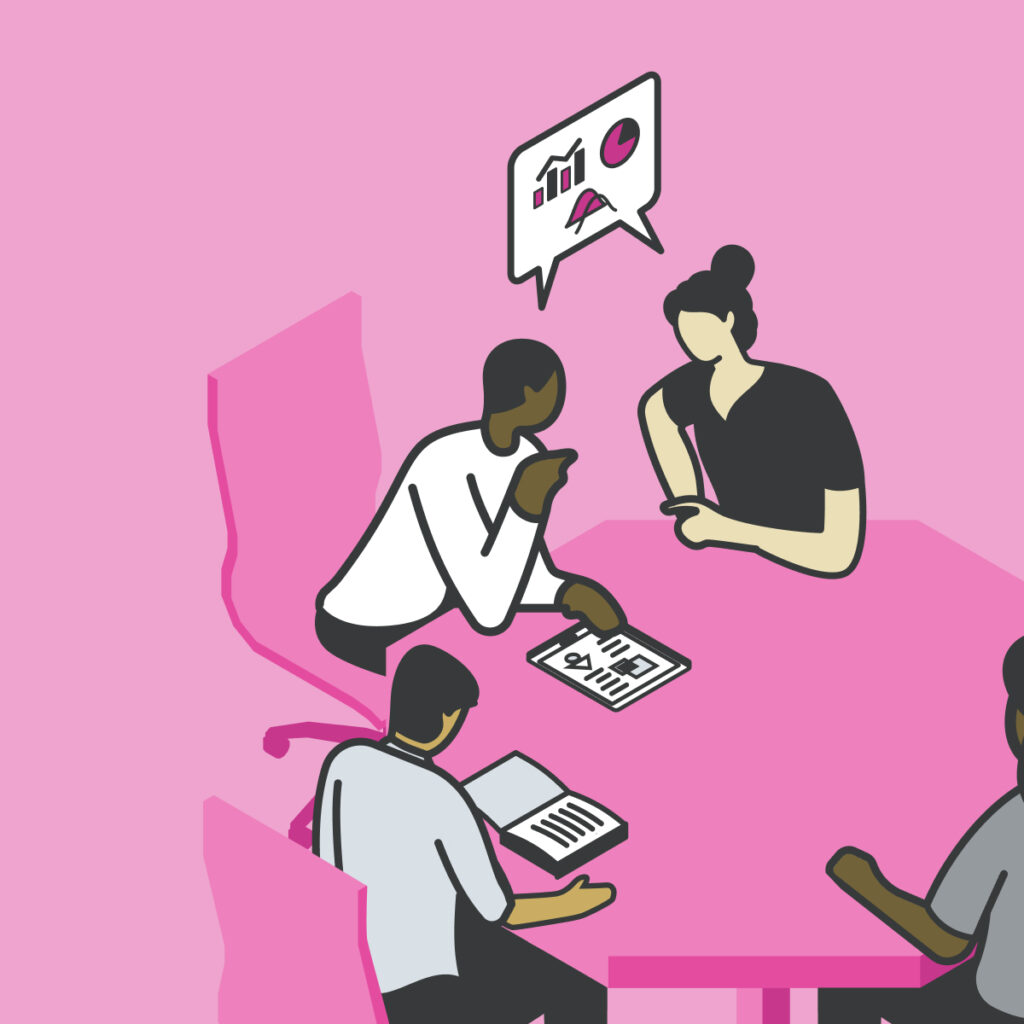
Problem solve together
Working together, students blend diverse perspectives for innovative problem solving. This requires clear communication and active listening, enhancing critical thinking and creativity through exposure to various strategies. It teaches negotiation and collective decision-making, building a collective comprehension of complex issues. This not only improves individual problem solving skills but also prepares them for future teamwork in academic and professional environments.
Build social connections
Peer collaboration nurtures and unlocks new interpersonal relationships, as students engage in discussions, share feedback, and learn to respect diverse viewpoints and experiences. Working closely with peers fosters a sense of community and belonging, an essential part of personal and academic growth. Further, these social ties, often enduring beyond college years, are instrumental in building robust personal and professional networks, contributing significantly to students’ overall college experience and future success.
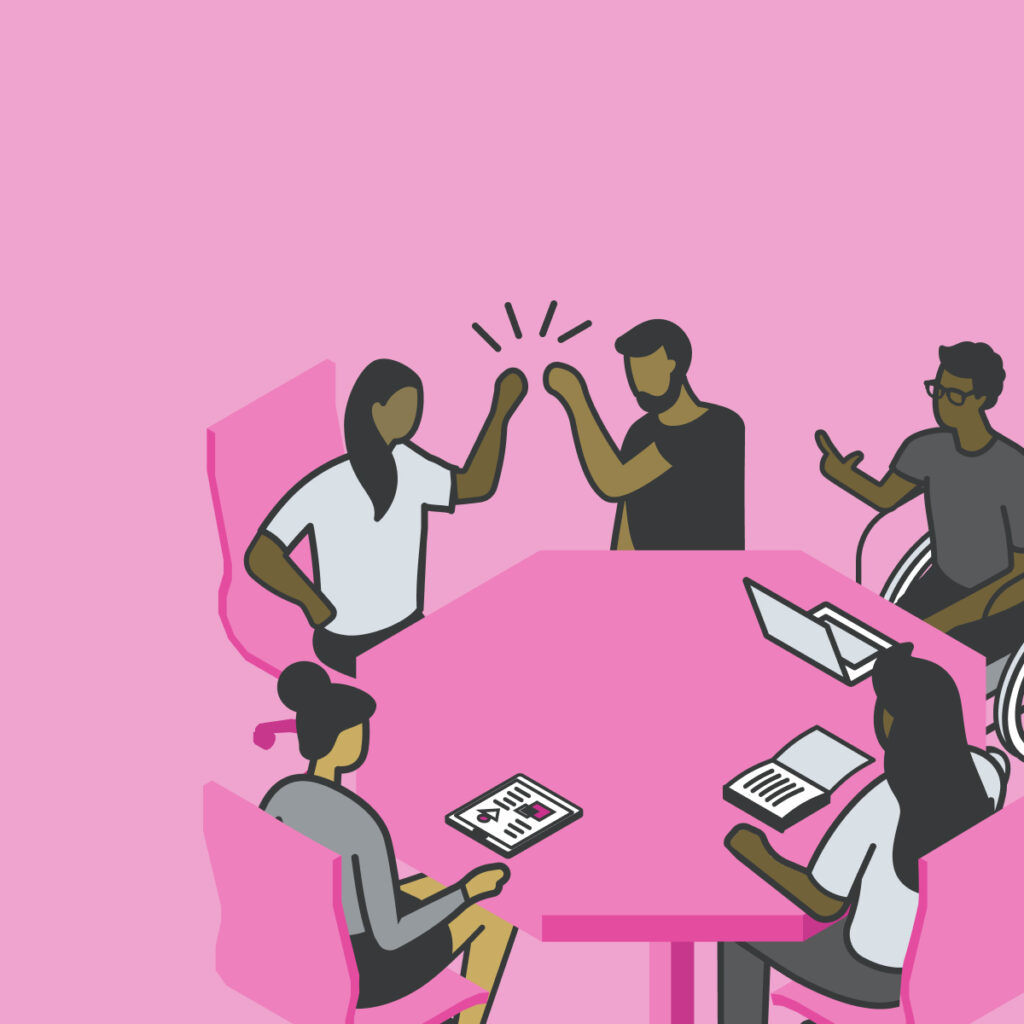
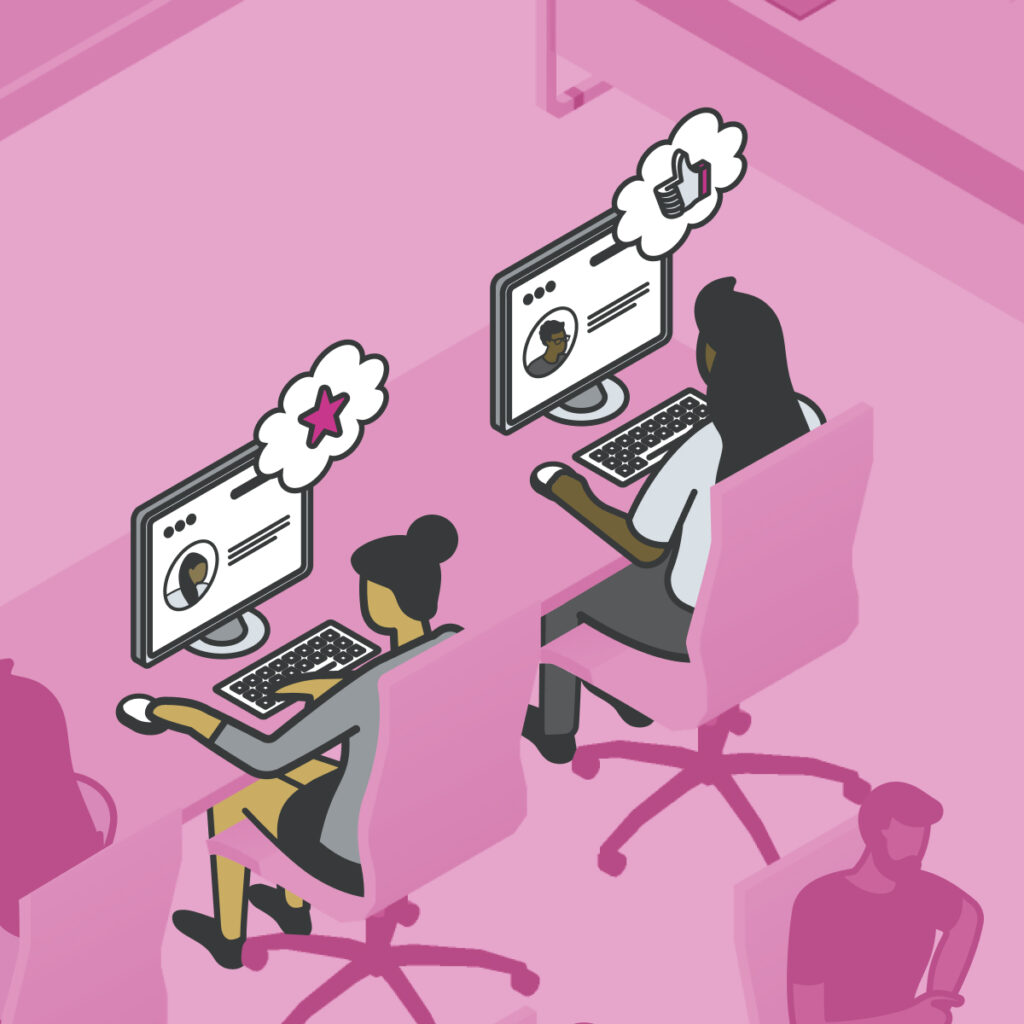
Peer assessment
Students evaluate each other’s work or their contributions to a learning activity. It provides students with an opportunity to engage actively in the assessment process and receive constructive feedback from their peers.
Instructional Examples
The Instructional Example Library features a wide range of digitally-enabled examples sourced directly from instructors who are using technology to implement evidence-based teaching practices in their courses. These examples focus primarily on math, chemistry, and statistics gateway courses, but are applicable across disciplines.
Have an Example of Your Own?
Help us build our Instructional Example Library! We are looking for contributions from higher education instructors across disciplines who use technology to enable evidence-based teaching practices. To learn more and to submit an example, please visit the form page linked below. Thank you for helping us support the field.
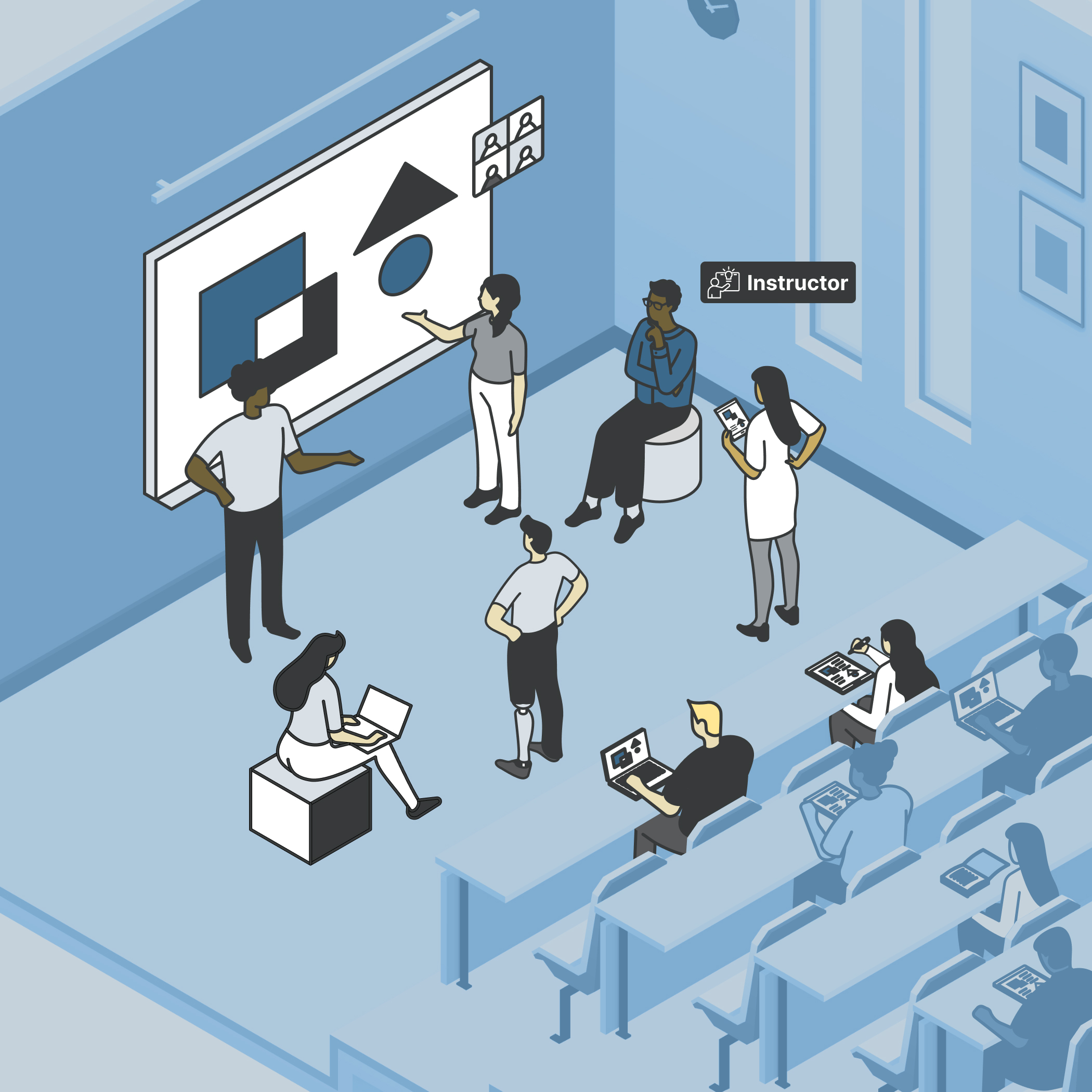
Join the Transform Learning Community of Practice
Join us this Fall for the Transform Learning Community of Practice, an 8-week learning community for Math faculty. Participants will engage in synchronous and asynchronous discussions on the eight digitally-enabled, evidence-based teaching practices, share insights and experiences, and learn from math faculty peers. Participants are eligible for a stipend upon completion of the community of practice.
Further Reading
- Cornell’s “Collaborative Learning” article delves into the meaning and benefits of peer collaboration.
- “Peer Learning: Overview, Benefits, and Models,” written by Western Governor’s University, defines and gives examples of different peer learning models such as discussion seminars, collaborative projects, and reciprocal teaching.
